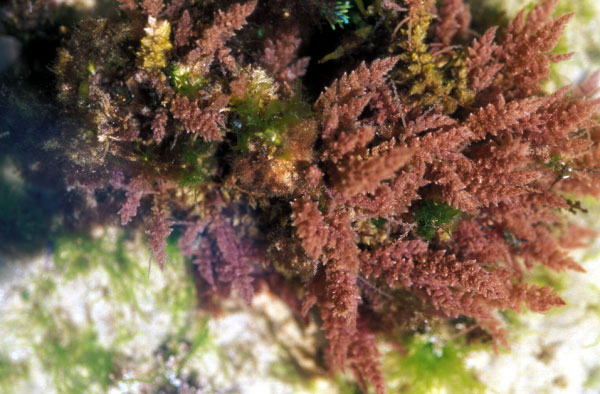Falkenbergia rufolanosa Harvey
Pale purplish-red, quickly degenerating when removed from the water and becoming distinctly orange; fronds bushy, with a cylindrical axis to1 mm wide and 200 mm long. Both phases readily reproduce vegetatively. Photographs by M.D. Guiry

Seaweed biorefinery concept for sustainable use of marine resources Karina Balina*, Francesco Romagnoli, Dagnija Blumberga Institute of Energy Systems and Environment, Riga Technical University, Azenes iela 12/1, Riga, LV–1048, Latvia Abstract Seaweed
Seaweed, also called marine macroalgae, have a potential to be a valuable feedstock for biorefinery. Depending from seaweed type and species it is possible to extract different fatty acids, oils, natural pigments, antioxidants, high value biological components and other substances which can be potentially used in an industrial production system. The seaweed biorefinery framework presents a conceptual model for high value added product production along with production of biofuels either fluid or gaseous. This in turn reduces the cost of fuel production with maximum utilization of the biomass. The role of seaweed biorefinery concept is analysed in this paper under the perspective of bioeconomy principles and through a SWOT analysis was made to indicate the role biorefinery concept can play to support the development of sustainable bioeconomy.


